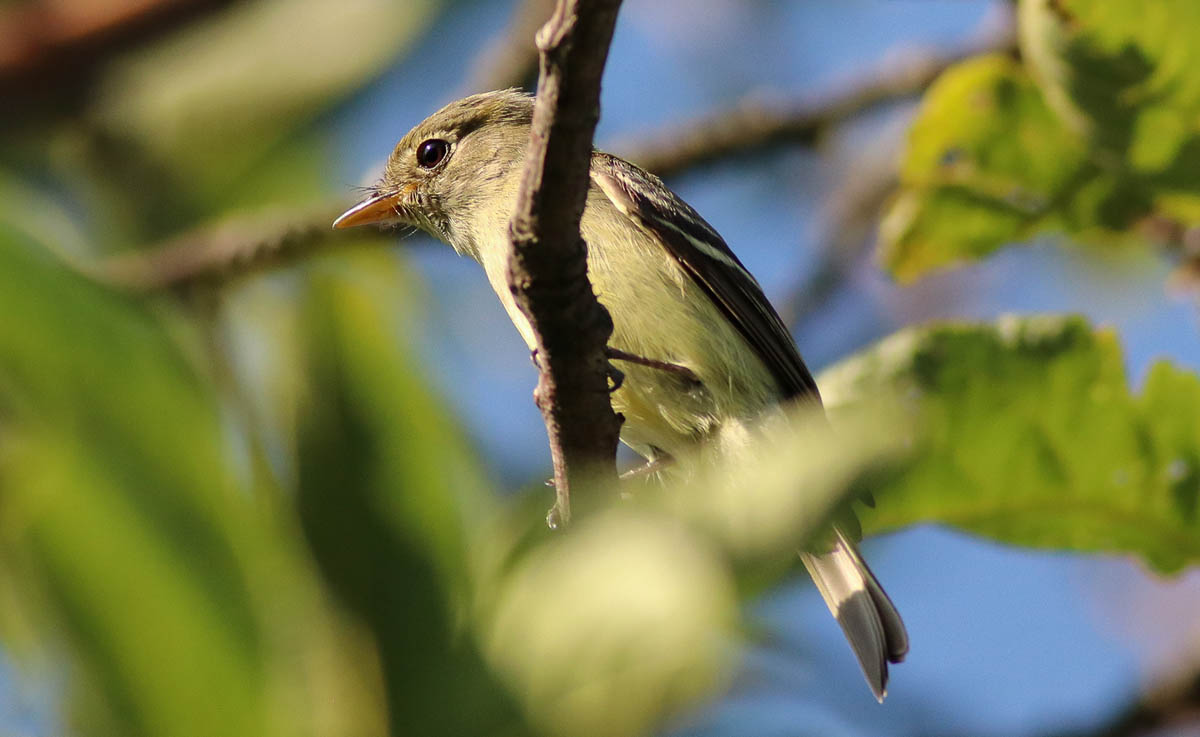
by David Brynn, Vermont Family Forests Executive Director & Conservation Forester
Aristotle recognized three broad types of interests and things: common, private, and public. We are at a time where we need to remind ourselves of what he said and why it matters.
Forests are a great place to get real and to apply Aristotle’s notions. There are federal forests, state forests, town forests, industrial forests, family forests, and community forests, and a variety of combinations thereof. They can be grouped into publicly held forests, privately held forests, and commonly held forests. A good way to figure out one from another is to look at the deed associated with a particular parcel to determine which of the three types of holding apply to a particular parcel.
But the reality is more complicated than that. In Vermont, for example, the water, wildlife, and atmospheric carbon are commonly held, and the soil and the plants are privately or publicly held. The water, wildlife, and carbon have been described as our ecological commons. They are unenclosed and they do not recognize boundaries.
Protection of our ecological commons has been farmed out to the State of Vermont in general and Agency of Natural Resources in particular. Historically, in indigenous cultures, the commons were understood and protected by the people who lived with the land. That approach largely went by the wayside some 400 plus years ago. In Ireland it happened in 1652. Some suggest we have been living in the shadow of the enlightenment ever since.
In this age of a rapidly changing climate and uncertain future, it seems essential that we get out of the shadows and begin taking better care of the places we call home. Better to see the land as ecosystems first and resources second.
Public, Private, and Common interests will all benefit by bringing back commoners and commoning to conserve a truly sustainable and actually working landscape in Vermont that provides the ecosystem services of clean water, diverse wildlife, and stored carbon we actually need, as opposed to the commodities and stuff we think we want.







